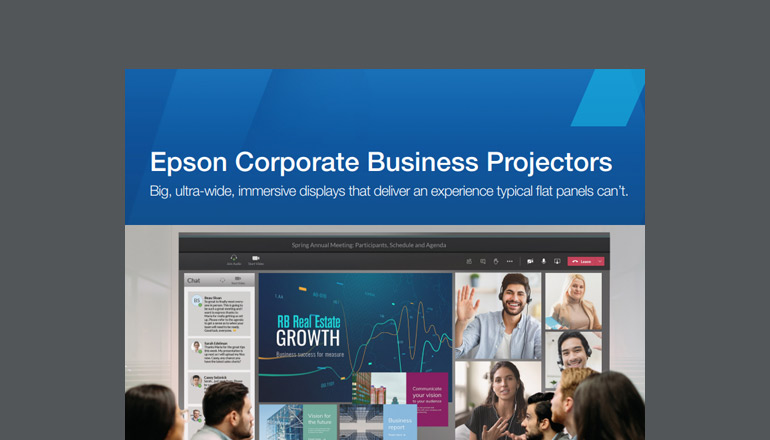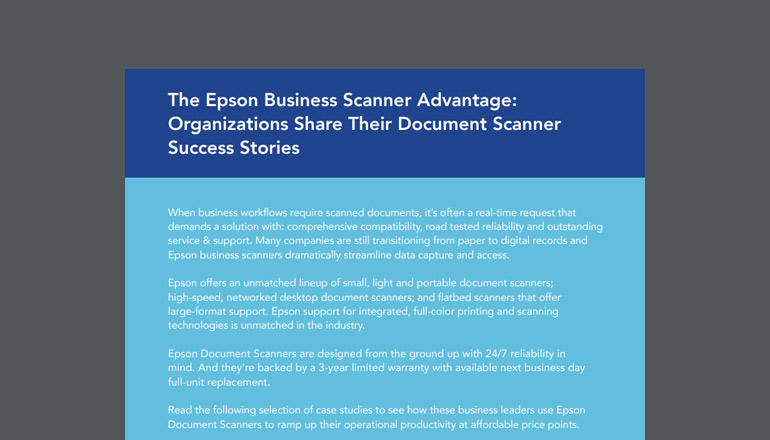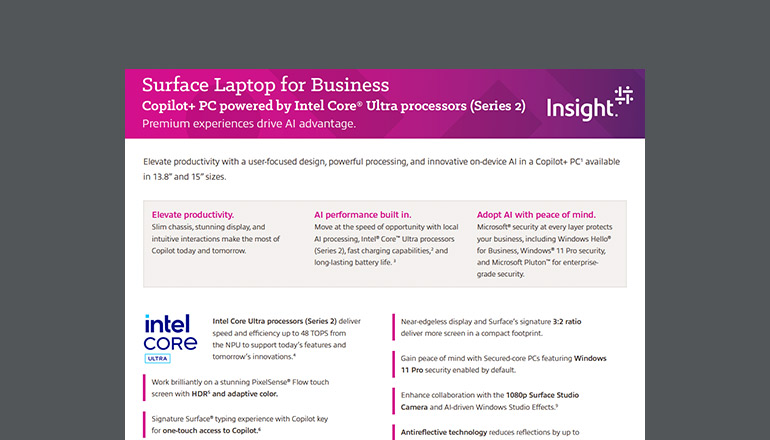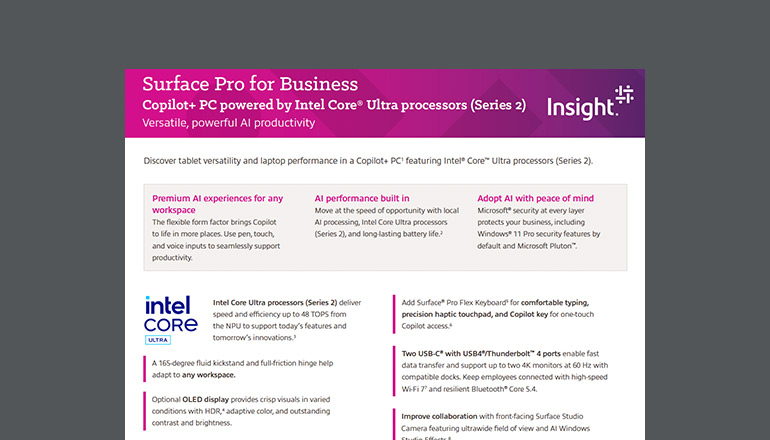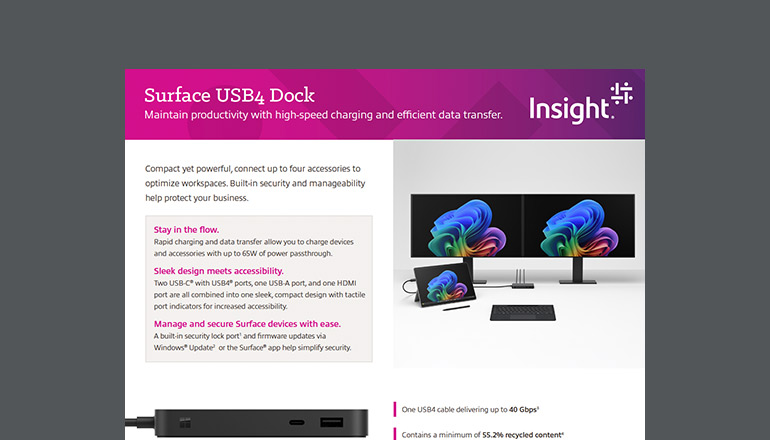3. More targeted, personal care
Each patient has their own history and treatment plan. As such, healthcare cannot be a cut-and-paste industry. One way to ensure each person receives care and medication that meets their specific needs is through personalization. For instance, consider an in-patient hospital setting. If a patient needs to receive medication in the middle of the night, the healthcare team can deliver the proper dosage without waking the patient by referencing their patient wristband. And, at pharmacies, staff carry a huge responsibility to safely and accurately provide patients with medication that could otherwise prove dangerous if given to the wrong recipient or in the wrong amount.
Epson printers help improve patient safety with on-demand, fast-drying, solvent-resistant color prescription labels and patient wristbands. Now, pharmacies can make sure each label is clear and precise. They can even add photos of the pill to an order to help patients more easily identify their appropriate bottles — an especially important feature for those who are on multiple medications that may look similar. Plus, combined with inkjet printing technologies, these devices can deliver up to thousands of pages per pack, resulting in up to 45% lower printing costs.


